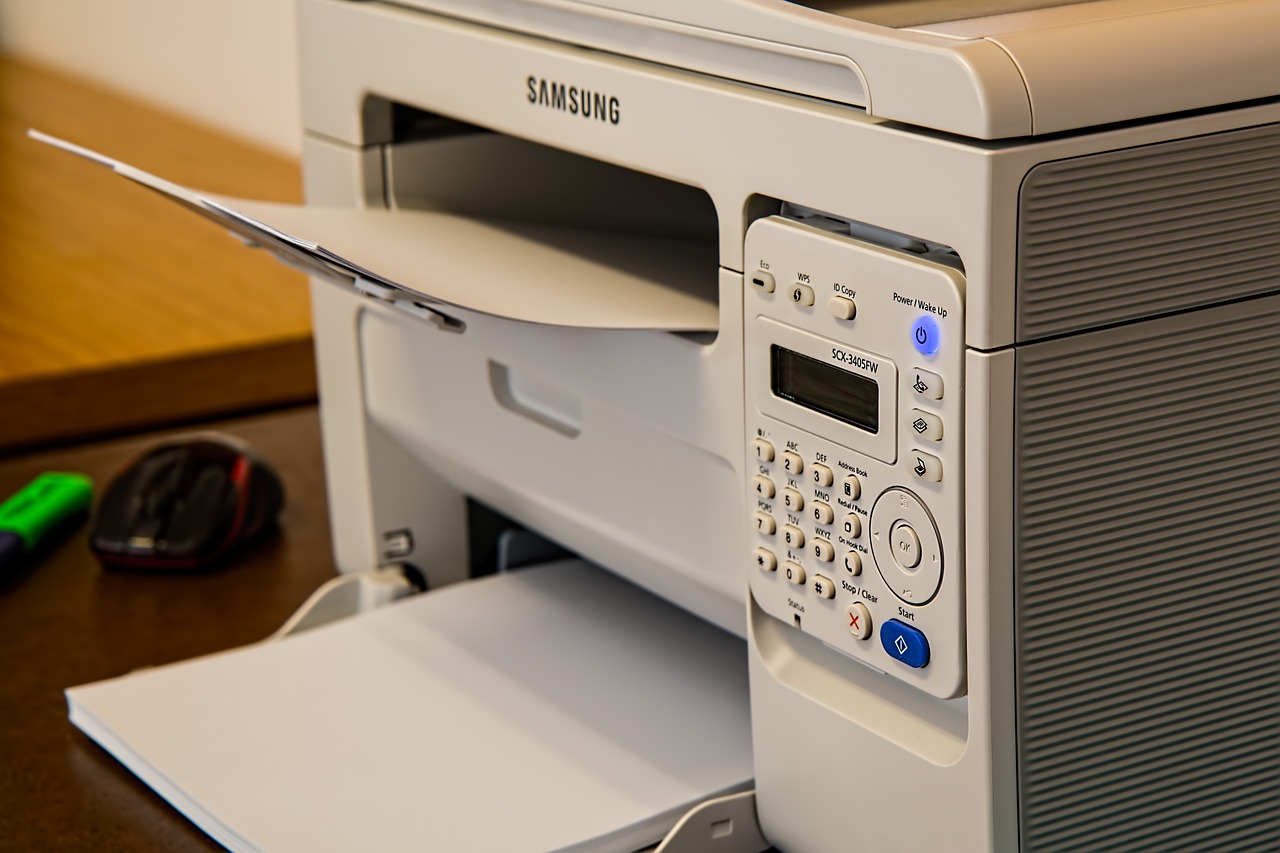
Paper still continues to be an essential part of any office or business. Despite a general trend of decrease over the 21st century. Offices in the USA still used 12.1 trillion sheets of paper a year (2022), with the UK using a modest 315 Million. Print management is a crucial aspect of organizational efficiency and cost management when it comes to printing and paper usage. This article, we will explore five common talking points related to print management.
Firstly: Cost reduction is a key consideration, as businesses strive to improve printing expenses through strategies such as print optimization and device consolidation.
Secondly: Maintaining security and confidentiality is paramount, requiring organizations to control access, track document handling, and enforce secure printing practices.
Thirdly: Print management aligns with environmental sustainability goals, promoting responsible printing practices and minimizing paper waste.
Fourthly: Improving the print fleet enhances productivity by evaluating device needs, bettering device placement, and monitoring usage patterns.
Fifth: Print management solutions offer features that streamline workflows and boost efficiency, such as automated routing, centralized print queues, and mobile printing capabilities.
Let’s explore each of these in more detail, below:
- Cost Reduction: Print management solutions are frequently employed to reduce printing costs. By implementing strategies such as print optimization, device consolidation, and tracking printing activities, organizations can identify areas of excessive printing and implement cost-saving measures.
- Security and Confidentiality: Print management is crucial for maintaining document security and confidentiality. Organizations need to control access to printers and ensure sensitive information is not left unattended on printed documents. Print management systems can enforce secure printing practices, track document handling, and provide user authentication features.
- Environmental Sustainability: Many businesses aim to reduce their environmental footprint, and print management can contribute to those efforts. By promoting responsible printing practices, such as duplex (double-sided) printing, reducing unnecessary printing, and encouraging digital workflows, organizations can minimize paper waste and promote sustainability.
- Print Fleet Improvement: Print management involves developing the print fleet within an organization. This includes evaluating the number and types of devices needed, ensuring devices are in optimal locations, and monitoring usage patterns to make informed decisions about resource allocation. Efficient print fleet management can improve productivity and reduce maintenance costs.
- Enhanced Productivity and Efficiency: Print management solutions often offer features that enhance productivity and streamline workflows. These may include automated print job routing, centralized print queues, mobile printing capabilities, and cloud-based document storage and retrieval. By simplifying printing processes and making them more accessible, organizations can boost efficiency and overall productivity.
There are a wide range of different printer manufacturers: HP, Sharp, Canon, Brother, Epson, Xerox; to name a few. Many of these manufacturers offer print management solutions directly or through a trusted third party. In recent years HP has been focused on providing a print management solution for hybrid work, where some print users are inside the office and others working from home. Sharp also directly offers print management, but also retails a number of print management softwares, which offer a business a range of functionality.
Whichever printer a business uses, print management is a valuable service to help enhance their usage.

